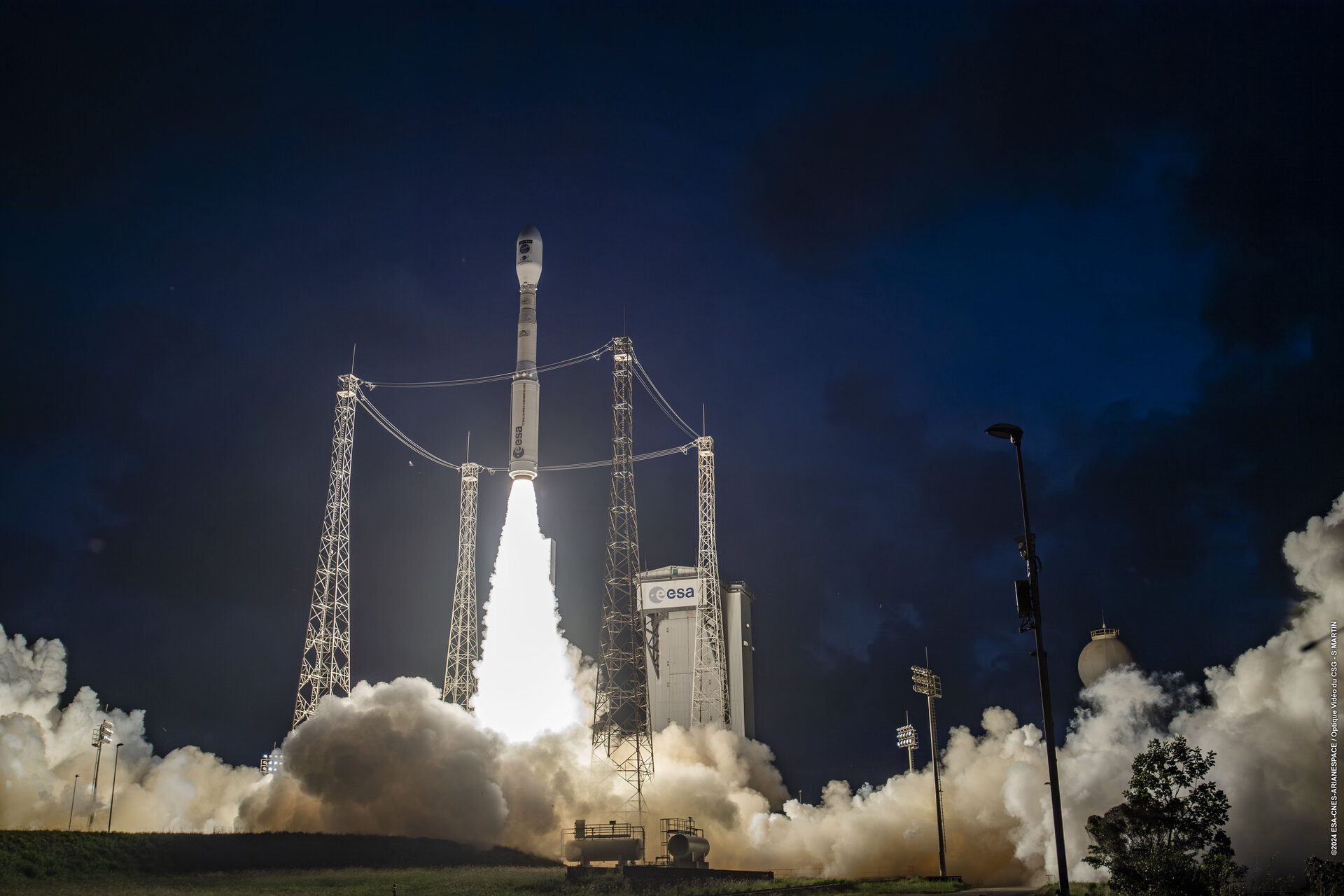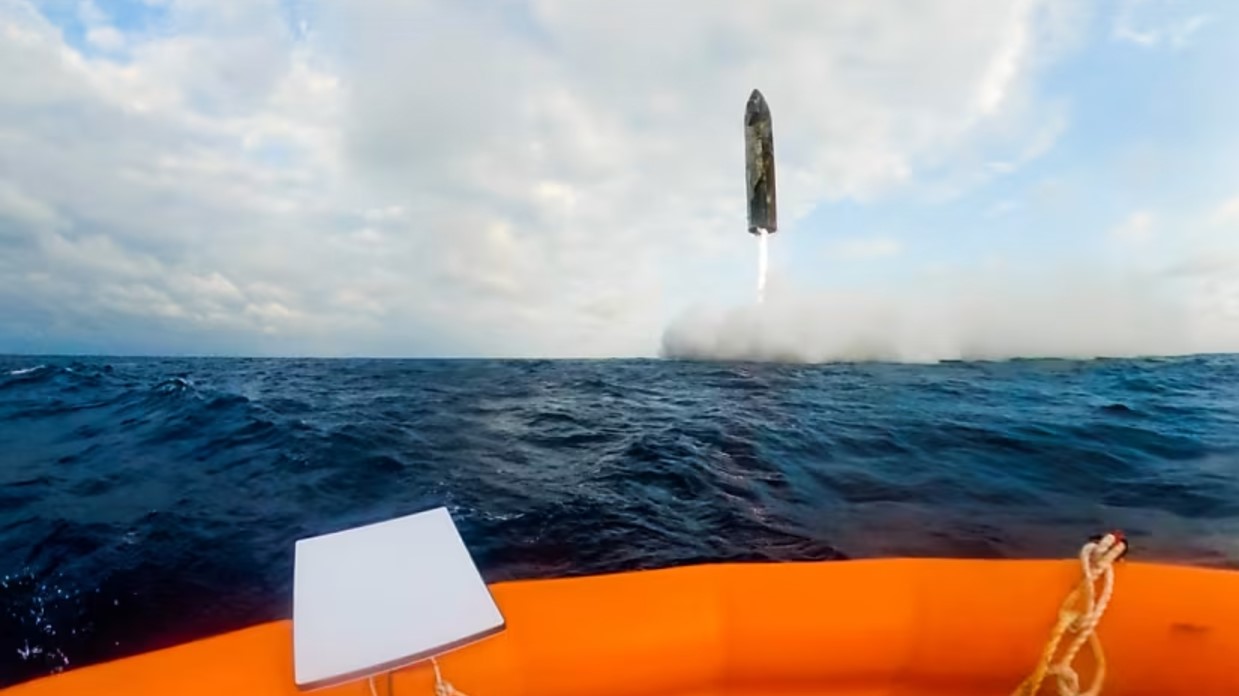On 20th January 1994 a major solar/geogmagnetic event knocked out satellites and partially shut down the power grid in Canada. The satellites most seriously affected were the Telesat Anik E-1 and E-2 communications satellites which were knocked out for a time after failure in their momentum wheel control systems after Electrostatic Discharge (ESD). The website Canada.com reports from the journal Space Weather that a team of scientists from Natural Resources Canada have now found the cause of the storm. Specifically, by examination of images taken by the Japanese Yohkoh Soft X-ray Telescope a “coronal hole” was discovered as having formed which allowed charged particles to be spewed out towards the Earth.
Improvements in spacecraft design, combined with better early warning systems for space weather has reduced the risk that satellites being damaged by solar events. Nevertheless, satellite operators remain in fear of a large magnitude solar/geomagnetic storm such as the “Carrington Event” – a super-solar storm named after its main astronomical observer Richard Carrington on 1 September 1859 which knocked out the telegraph system in Europe and North America.






